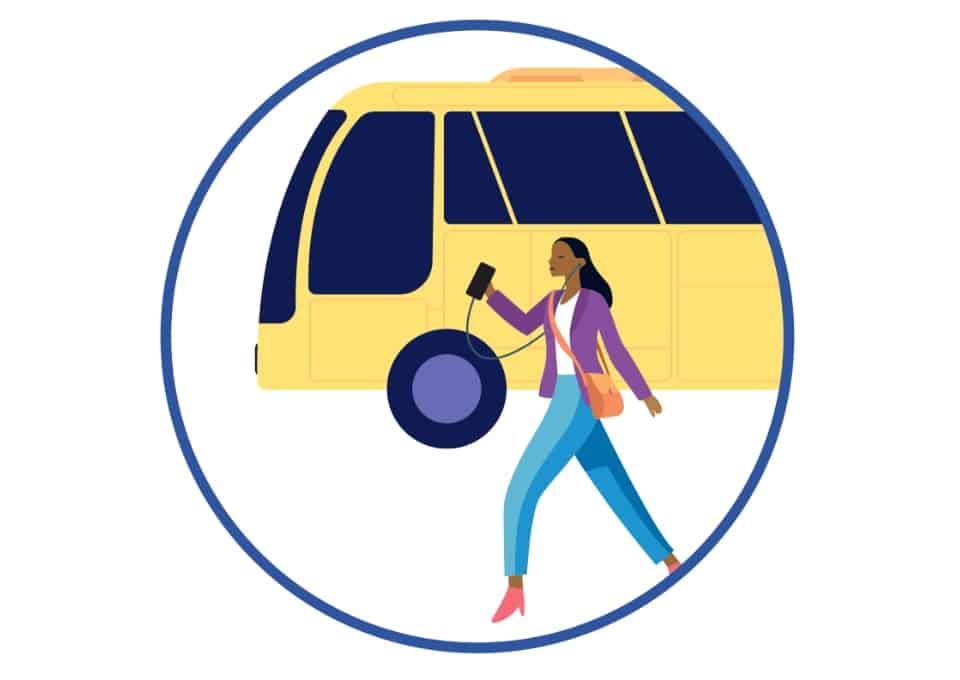Air quality forecast as of October 22, 2024

Bay Area Air Quality Index
The Air Quality Index, or AQI, is a conversion of daily air pollution concentrations into a number between zero and 500. To make it easier to understand the health impact of any given AQI, the numbers 0-500 are divided into six color-coded ranges, with zero being the best possible air quality and 500 being the worst.
| 0-50 Good (G) | No health impacts are expected when air quality is in this range. |
| 51-100 Moderate (M) | Unusually sensitive people should consider limiting prolonged outdoor exertion. |
| 101-150 Unhealthy for Sensitive Groups (USG) | Active children and adults, and people with respiratory disease, such as asthma, should limit outdoor exertion. |
| 151-200 Unhealthy (U) | Active children and adults, and people with respiratory disease, such as asthma, should avoid prolonged outdoor exertion. Everyone else, especially children, should limit prolonged outdoor exertion. |
| 201-300 Very Unhealthy (VH) | Active children and adults, and people with respiratory disease, such as asthma, should avoid all outdoor exertion. Everyone else, especially children, should limit any outdoor exertion. |
| 301-500 Hazardous (H) | Emergency conditions: everyone avoid outdoor physical activity. |
Spare the Air and Make a Difference
Spare the Air is a regional program sponsored by the Bay Area Air Quality Management District which lets you know whenever pollution levels threaten to reach concentrations harmful to your health.
When a Summer Spare the Air Alert is issued (between June and October), it means air quality is poor enough that people should commute by biking, ridesharing, or working from home to prevent further reductions in air quality.
Get Air Quality Alerts by Text or Email
Planning to bike to work or walk to school? Check the latest air quality alerts and forecasts before you head out or sign up for Spare the Air Alert notifications, available by both text and email.
Incentives and Programs to Help You Spare the Air
One of the most straighforward ways to improve air quality is to eliminate unnecessary drive-alone trips. Combining two or more trips into one with multiple stops is one way to do this. Another way is to replace drive-alone trips with a more air-sparing mode of travel, like walking, biking, carpooling, taking transit, or vanpooling.
We know changing a habit can be difficult, especially when it comes to how you commute. We offer a number of programs and incentives to make starting a new transportation habit as painless as possible, including these:


